Autonomous Features Are Making Everyone a Worse Driver

Autonomous vehicles are about as polarizing a subject as you could possibly bring up around a group of car enthusiasts. Plenty of gearheads get hot under the collar at the mere concept of a self-driving car. Meanwhile, automotive tech fetishists cannot wait to plant their — I’m assuming — khaki Chinos into the seat of an autonomous vehicle and enjoy a coffee without the hindrance of having to actually drive the thing to their destination.
I’ve previously discussed how autonomous cabs will become unparalleled filth-boxes, destined for salacious behavior. Because without driver oversight, why not sneeze into your hand and wipe it on the seat back? Now, surveys are beginning to indicate privately owned computer-controlled cars will be subject to similar activities — with some drivers suggesting they’ll have no qualms about having sex, drinking booze, or binge eating behind the wheel.
That’s the future we’re being promised, but a lot of autonomous features have already made it into modern production cars. Word is, they’re starting to make us terrible drivers. It’s enough to worry automakers to a point where they’re considering implementing an array of systems to more actively encourage driver involvement on a platform that’s designed to do the opposite.
Get ready to drive your self-driving car.
Beginning with the aforementioned survey, Erie Insurance commissioned an online Harris Poll (surveying 2,993 drivers licensed in the United States) to get a sense of what they might do with an autonomous vehicle. Of the group, 45 percent said they’d definitely make phone calls, 42 percent said they’d eat, 27 percent were willing to read, and 21 percent claimed they’d watch television.
On the scarier side of things, 19 percent said they’d try to sleep, 7 percent admitted they’d be willing to engage in “romantic activities,” and 5 percent said they’d be totally fine with drinking behind the wheel. One third, or 33 percent, of respondents also believed that one of the biggest advantages of self-driving cars will be the ability to get home safely if under the influence of drugs or alcohol — even if they weren’t already willing to risk trying it themselves.
Considering autonomous vehicles will still require some level of driver involvement for years to come, it’s a little scary that only 35 percent of the respondents said they’d do nothing other than simply drive the car. Driver intervention seems like a mandatory precaution for the foreseeable future, so all of those morons thinking about taking a nap had better pop some NoDoze or Jet-Alert (or whatever truckers still take) and mind the road.
If you’re of the assumption that nobody would dare abandon their duties as a driver until self-driving cars reach autonomous perfection, think again. The NHTSA investigation into the fatal Tesla crash, where the victim was allegedly watching a DVD when the vehicle’s Autopilot system failed to recognize a semi-trailer, discovered the car’s computer alerted the driver to retake the wheel seven times prior to the crash.
Tesla’s updated Autopilot system now requires additional driver involvement, mainly as a way to safeguard it against litigation — something other automakers are considering as they develop their own systems. General Motors plans on installing eye-tracking technology on Super Cruise-equipped Cadillac models later this year, while Nissan’s ProPilot Assist brings the vehicle to a full stop if the driver takes their hands off the wheel for an extended period.
Vehicular fatalities increased by 14 percent over the last two years, with over than 40,000 people dying in avoidable wrecks in 2016 alone. Plenty of that is due to a marginally higher number of total drivers, but NHTSA research suggests electronic distractions have increased while cell phone usage has dropped. The agency believes it to be a contributing factor to the increased number of roadway deaths.
Obviously concerned how all of this will evolve, automakers are wary of enabling drivers to develop bad habits while placing undeserved faith in self-driving technologies. “What are the new risky behaviors going to be?” Chuck Gulash, director of Toyota’s Collaborative Safety Research Center, said in an interview with Bloomberg. “Is it going to be people testing their vehicles to the limits? Or showing off to their neighbors?”
Practically every survey shows the general populace is extremely wary of new technology, but these apprehensions typically dissolve after a few weeks of ownership. That’s when complacency grows, along with the risk of accidents.
A University of Michigan study hints this may already be occurring with present-day driver assistance technology. The school conducted research for an automaker concerned with how people use blind-spot detection systems — finding a significant increase in drivers failing to look over their shoulder to check for themselves when changing lanes.
“The more they are exposed to these systems, the more they trust the systems,” said Shan Bao, as associate researcher at the university’s Transportation Research Institute, who conducted the study. In emergency situations, “they’ll trust the systems more than they’ll trust themselves.”
People like features that make their commute less stressful, but higher stress situations also force you to be more alert and better prepared for whatever comes next. Automakers straddle the line by promoting an autonomous future where the driver doesn’t have to do anything, like Hyundai’s “ Empty Car Convoy,” and mitigating real world risk by employing systems that force the driver to remain involved.
“There are lots of concerns about people checking out and we are trying to monitor that now,” said Adrian Lund, president of the Insurance Institute for Highway Safety. “Everything we do that makes the driving task a little easier means that people are going to pay a little bit less attention when they’re driving.”

A staunch consumer advocate tracking industry trends and regulation. Before joining TTAC, Matt spent a decade working for marketing and research firms based in NYC. Clients included several of the world’s largest automakers, global tire brands, and aftermarket part suppliers. Dissatisfied with the corporate world and resentful of having to wear suits everyday, he pivoted to writing about cars. Since then, that man has become an ardent supporter of the right-to-repair movement, been interviewed on the auto industry by national radio broadcasts, driven more rental cars than anyone ever should, participated in amateur rallying events, and received the requisite minimum training as sanctioned by the SCCA. Handy with a wrench, Matt grew up surrounded by Detroit auto workers and managed to get a pizza delivery job before he was legally eligible. He later found himself driving box trucks through Manhattan, guaranteeing future sympathy for actual truckers. He continues to conduct research pertaining to the automotive sector as an independent contractor and has since moved back to his native Michigan, closer to where the cars are born. A contrarian, Matt claims to prefer understeer — stating that front and all-wheel drive vehicles cater best to his driving style.
More by Matt Posky
Latest Car Reviews
Read moreLatest Product Reviews
Read moreRecent Comments
- Tane94 I'd be curious to know whether 87 octane is no longer the most popular grade of gasoline by sales volume. My Costco often runs out of Premium grade and I suspect 93 octane might now be the most popular grade of gas. Paying 40-50 cents more per gallon 87 vs 93 octane because of turbo engines is the real story
- Redapple2 125 large? You re getting into 911 territory.
- Redapple2 Industry worst quality prevents any serious consideration. I ll take an Evil gm Vampire Denali first.
- MaintenanceCosts Thing mentioned in the article: 77 pounds lighter than the standard version!Thing not mentioned in the article: The "lighter" curb weight is 3902 pounds. That is a few pounds heavier than my 2011 335i *convertible*.
- Carson D Printing a trillion dollars every hundred days was not the cause of inflation.




















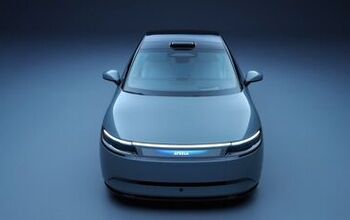


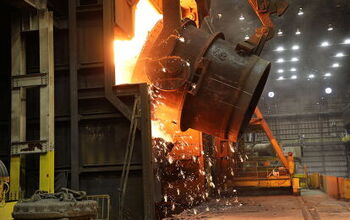

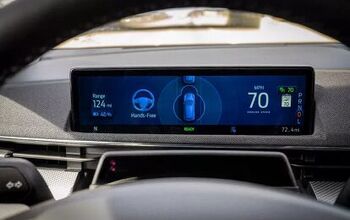
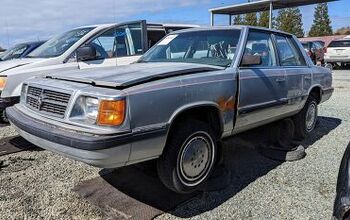
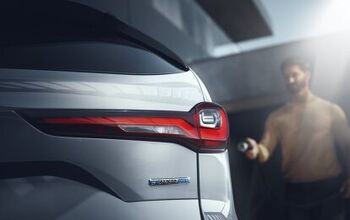
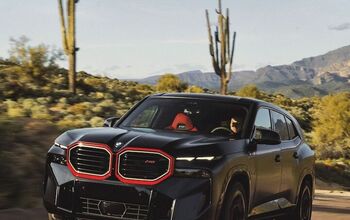

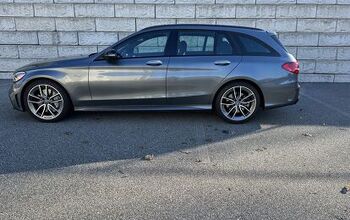
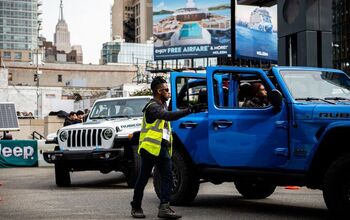
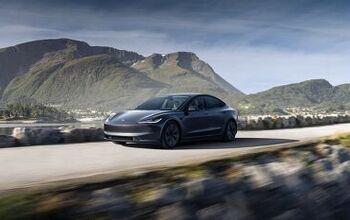
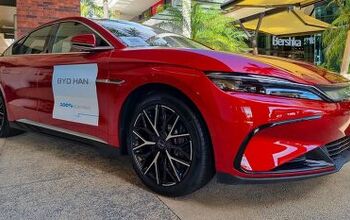
Comments
Join the conversation
With nearly 800,000 miles driven in my life I've had 3 collisions. Admittedly I live in what most would describe as a rural area. Only one collision was is an urban area. I've learned I need to be constantly aware of what is going on around me. I always look down the road a half mile or more so I can anticipate future issues. In town I'm looking 3 blocks ahead for the same reason. I'm somewhat unsettled on autonomous vehicles. I can see the benefit, but I think I lean more toward the thought of the use it or lose it folks. I think I would prefer to remain engaged as opposed to not being so.
Level 4 and 5 cars will dramatically reduce crashes, no doubt, especially when they become ubiquitous. Level 2 and 3 are fundamentally flawed because they lull drivers into a false sense of security while expecting them to be fully alert and poised to take control. Never going to work. It's like suggesting you set a timer to remind you to do something but then expecting you to check your watch every couple of minutes in case the timer doesn't work. That approach willfully ignores real-world human behaviour.